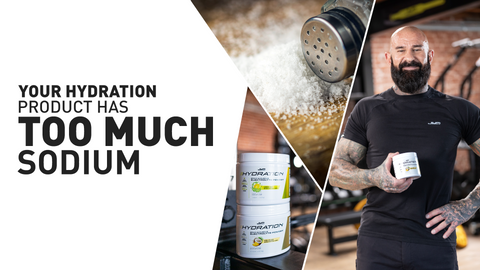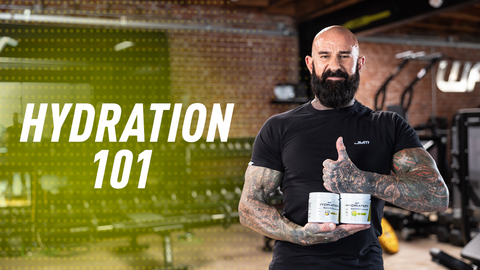Pull-ups should be part of every back-training program. Period.
From a functional perspective, pulling your own bodyweight up carries over into other gym lifts, real-world activities, and pretty much any sport. Pull-ups also promote better muscular balance and posture (since most people overuse the anterior pushing muscles of the chest and shoulders), not to mention grip strength. Upper body exercises don’t get more functional than this.
From a physique perspective, well, that’s simple: A wider, thicker back for a more dramatic V-taper. Pull-ups are as good as any exercise for developing the huge latissimus dorsi muscles (“lats” for short) as well as the rhomboids and middle traps. You’ll also get bigger biceps and forearms from doing pull-ups, particularly with certain variations (more on that in a minute).
The only problem with pull-ups is this: Not everyone can do them. It takes a baseline of upper body strength to be able to pull your body up to a bar for even one rep, let alone a set of 5 or 10 reps. If you’re lacking this strength, chances are you opt for lat pulldowns and assisted pull-ups on back day. Nothing wrong with that; in fact, JYM Athlete Kevin Lo shows you 5 great assisted pull-up variations in this video to help you work up to bodyweight (unassisted).
And that’s the end goal: To eventually leave assisted pull-ups behind (except maybe for certain high-rep back workouts) in favor of full-on bodyweight pull-ups. Below are three pull-up progressions that Lo, aka “The Pull-Up King,” recommends for taking your back training – and your V-taper – to the next level.




